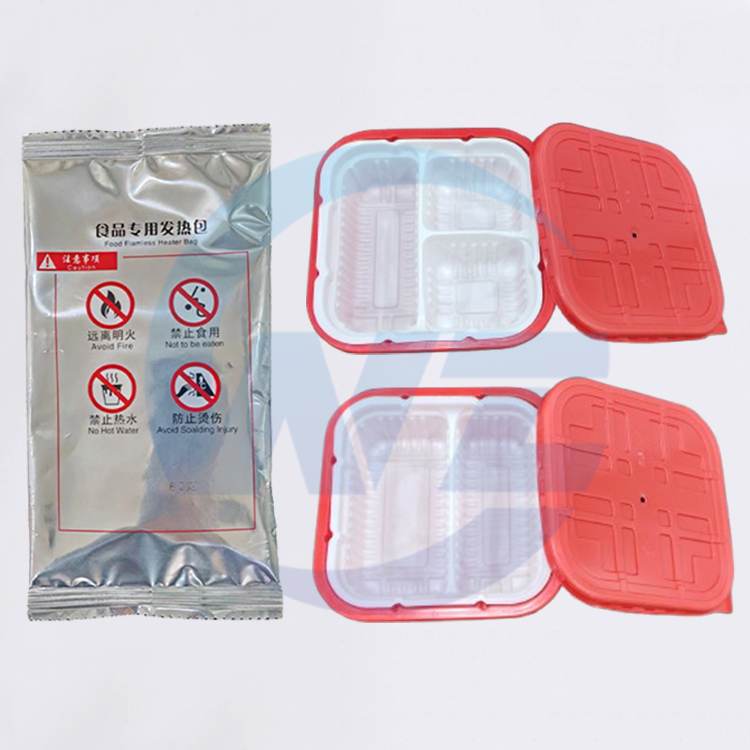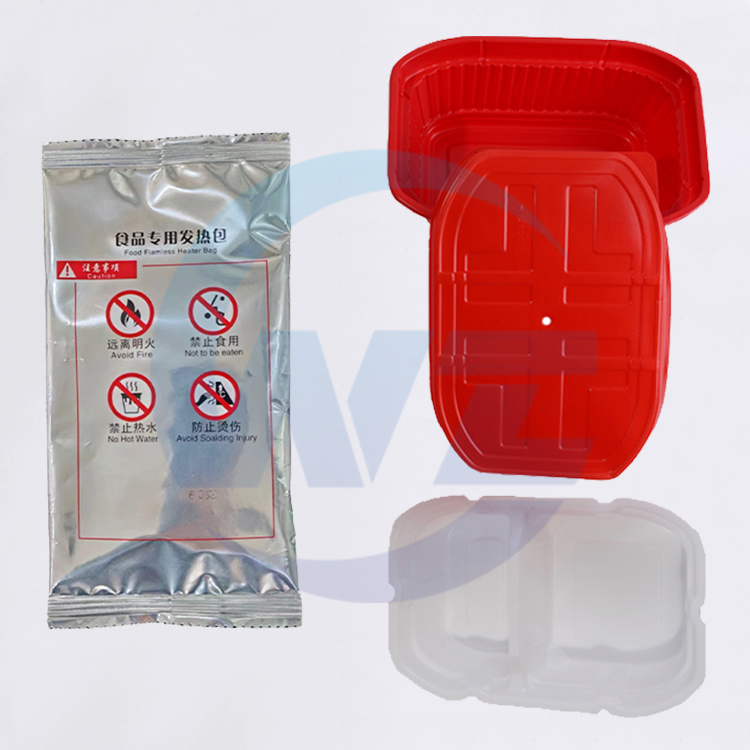by Kevin
Share
by Kevin
Share
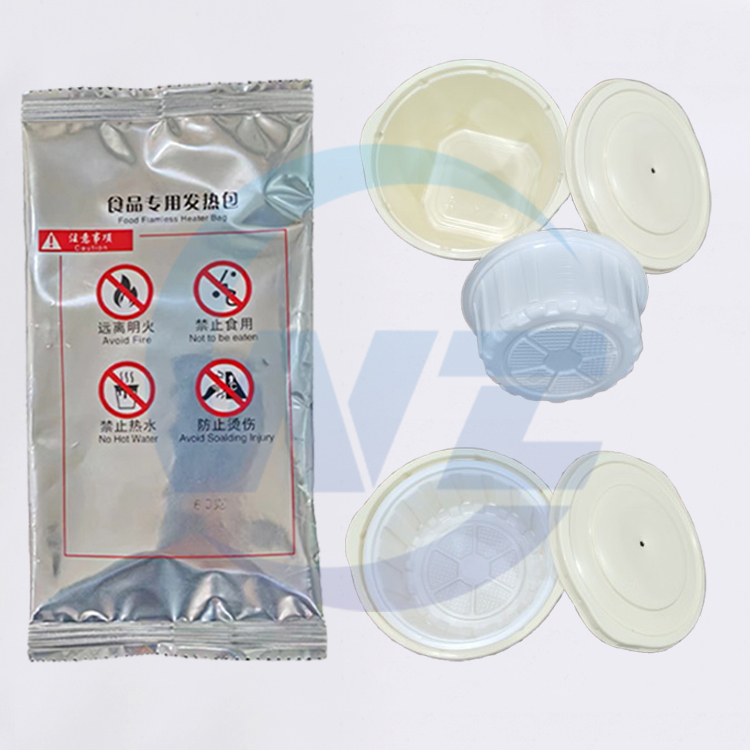
The ability to enjoy a hot, satisfying meal when you’re far from a kitchen is a powerful comfort. Whether you’re facing an emergency, exploring the wilderness, or simply stuck at the office without a microwave, a self-heating meal heater is the solution. This ingenious device uses a simple chemical reaction to provide a flameless, safe, and reliable source of heat for your food. This guide will explore the features, science, and practical applications of self-heating meal heaters, empowering you to enjoy a hot meal anytime, anywhere.
Features of a Self-Heating Meal Heater
Flameless and Spark-Free Operation
The most critical feature is its absolute safety. The heater produces no flame, sparks, or smoke, making it safe to use in confined spaces like tents, cars, offices, or emergency shelters where traditional cooking methods are dangerous or prohibited.
Ultimate Portability and Convenience
Self-heating meal heaters are lightweight, compact, and self-contained. They require no external power, fuel, or bulky equipment, making them the perfect addition to any backpack, emergency kit, or desk drawer.
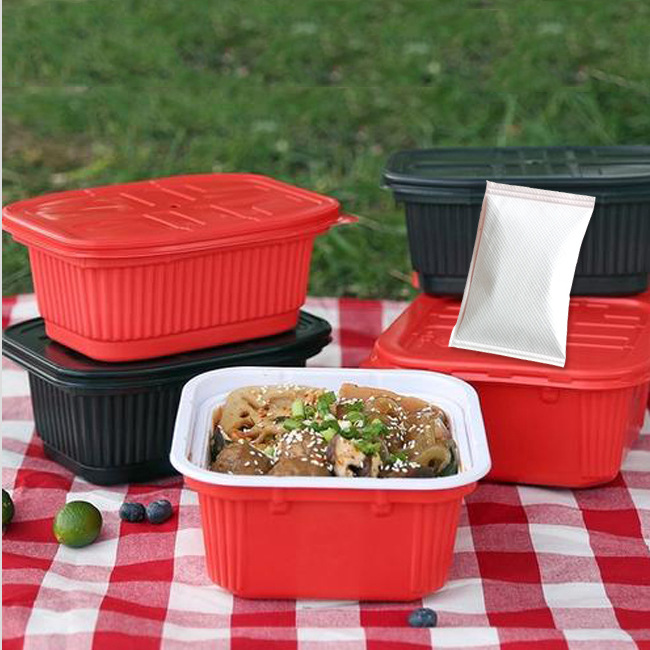
Simple and Reliable Activation
Operation is designed to be foolproof. With just the addition of water, the heater activates automatically. This simplicity is crucial in high-stress situations where complex equipment can fail or be difficult to operate.
Rapid and Efficient Heating
When used correctly, a self-heating meal heater can warm a pre-packaged meal to a palatable and safe temperature (around 140°F / 60°C) in approximately 10-20 minutes, providing a hot meal quickly and efficiently.
How Are Self-Heating Meal Heaters Made?
The creation of these heaters is a precise process rooted in chemistry and materials science, designed for safety and consistent performance.
Chemical Formulation
The core of the heater is a mixture of food-grade magnesium powder, salt (which acts as a catalyst), and iron powder (to help distribute heat). The ratio of these ingredients is carefully controlled to ensure a vigorous but manageable exothermic reaction.

Specialized Packaging
The chemical mixture is sealed in a durable, porous, and food-grade pouch. This pouch is designed to allow water to penetrate and activate the reaction while safely containing the reactive powders and the byproducts.
Airtight Outer Sealing
The heater pouch is then sealed in an airtight, moisture-proof outer wrapper. This is a critical step, as exposure to humidity in the air would prematurely activate the heater, rendering it useless. Reputable manufacturers subject their products to rigorous quality control to ensure every pouch is perfectly sealed and potent.
Popular Uses of Self-Heating Meal Heaters
Emergency Preparedness and Disaster Relief
This is a primary application. In the aftermath of a hurricane, earthquake, or blackout, self-heating meals provide a crucial way to prepare a hot meal when all utilities are down, offering comfort and vital energy.
Outdoor Recreation
Backpackers, campers, hunters, and anglers use these heaters to enjoy a hot meal without the weight and hassle of a portable stove and fuel canister. They are ideal for “no-trace” camping where fires are banned.
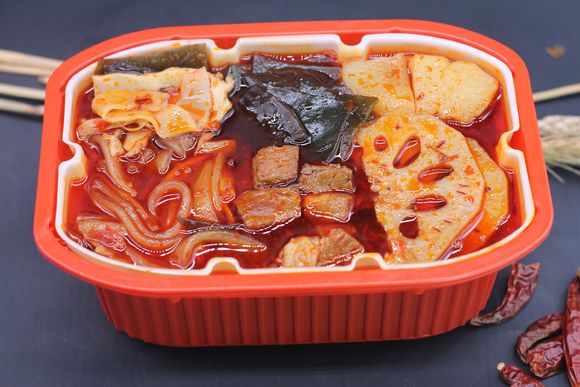
Military and Tactical Operations
The heater is a standard component of military field rations (MREs), providing soldiers with a hot meal to boost morale, energy, and core body temperature in the field.
Workplace and Travel
For professionals without microwave access or for long-haul travelers, a self-heating meal offers a convenient, healthy, and hot alternative to cold sandwiches or fast food.
How to Choose a Self-Heating Meal Heater?
Check for Quality and Sealing
Ensure the outer packaging is intact and airtight. Any puncture or sign of moisture damage means the heater has likely been compromised. Choose products from reputable brands known for quality control.
Consider the Intended Food Size
Standard heaters are designed for typical meal pouches (around 8-12 ounces). If you plan to heat a larger or different shaped food container, ensure the heater is large enough to make sufficient contact for effective heating.
Look for Clear Instructions
A good product will have clear, simple, and illustrated instructions. This is crucial for ensuring the user can operate it correctly, especially in an emergency.
Buy in Bulk for Preparedness
If you are stocking an emergency kit, purchasing heaters in bulk is often more cost-effective. Check the expiration date, as the magnesium can lose its reactivity over many years.
How to Use a Self-Heating Meal Heater?
Gather Your Materials
You will need the self-heating meal heater, the unopened food pouch, a little water (about 1.5 ounces or 45ml), and the cardboard box the meal came in (or a similar flat, non-flammable surface).
Step-by-Step Activation
- Open the heater pouch and slide the food pouch inside.
- Place the food pouch and heater back into the cardboard box, with the food pouch on top of the heater.
- Add the specified amount of water directly into the top of the heater pouch.
- Immediately fold the top of the box closed and lean it against a stable object (like a rock or your pack) at a 45-degree angle.

Wait and Insulate
Allow 10-20 minutes for the heating process to complete. For best results, especially in cold weather, you can insulate the box by placing it inside a jacket or sleeping bag.
Conclusion
The self-heating meal heater is a small but powerful tool that has fundamentally changed how we approach food in the field and in emergencies. It is a testament to human ingenuity, providing the basic comfort of a hot meal through a safe, simple, and reliable chemical process. Whether you are a prepper, an outdoor enthusiast, or simply someone who values preparedness, understanding how to use a self-heating meal heater is an essential skill. By keeping a few of these in your gear, you ensure that no matter the situation, a hot, comforting meal is always within reach.
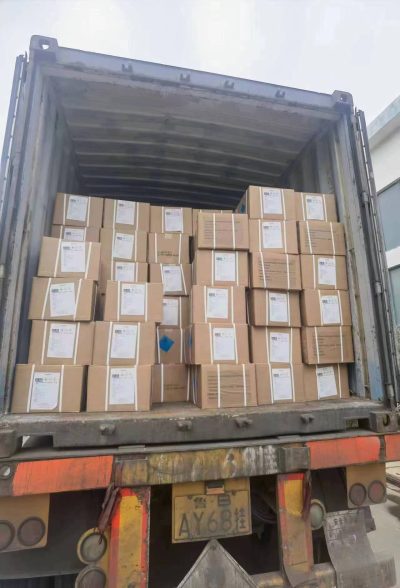
If you need to source high-quality self-heating meal heaters for your organization or personal emergency kit, please contact us. We can provide expert recommendations based on your specific needs and volume requirements. If you are unsure which type of heater is right for you, consult us. Our team is ready to provide professional services and answer your questions. You are welcome to consult us at any time!
FAQ’s
What is the chemical reaction that produces the heat?
The heat is generated by an exothermic reaction between magnesium (Mg) and water (H₂O). The salt acts as a catalyst to speed up the reaction. The simplified chemical equation is: Mg + 2H₂O → Mg(OH)₂ + H₂ (heat + hydrogen gas).
Is the hydrogen gas produced dangerous?
The reaction produces a small amount of hydrogen gas, which is flammable. Therefore, the heater should always be used in a well-ventilated area. Never use it in a completely sealed, airtight space. The amount of gas is small and dissipates quickly in normal conditions.
Can I reuse a self-heating meal heater?
No. The chemical reaction consumes the magnesium powder. Once the reaction is complete, the heater cannot be reactivated and should be disposed of properly.
What happens if I add too much water?
Adding too much water will cool down the reaction and can result in a meal that is not as hot. It can also create a soupy mess in the bottom of the heating box. Always follow the instructions for the correct amount of water.
What happens if I add too little water?
With too little water, the chemical reaction will be incomplete. The heater will not reach its full temperature potential, and your food will remain lukewarm.
STAY IN THE LOOP


